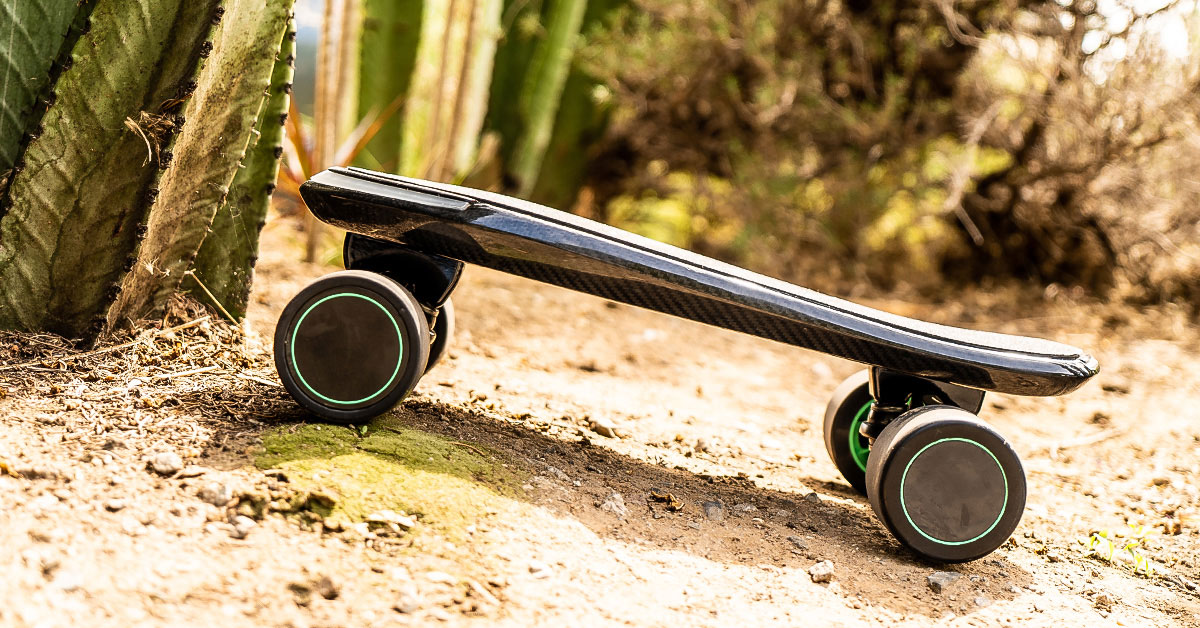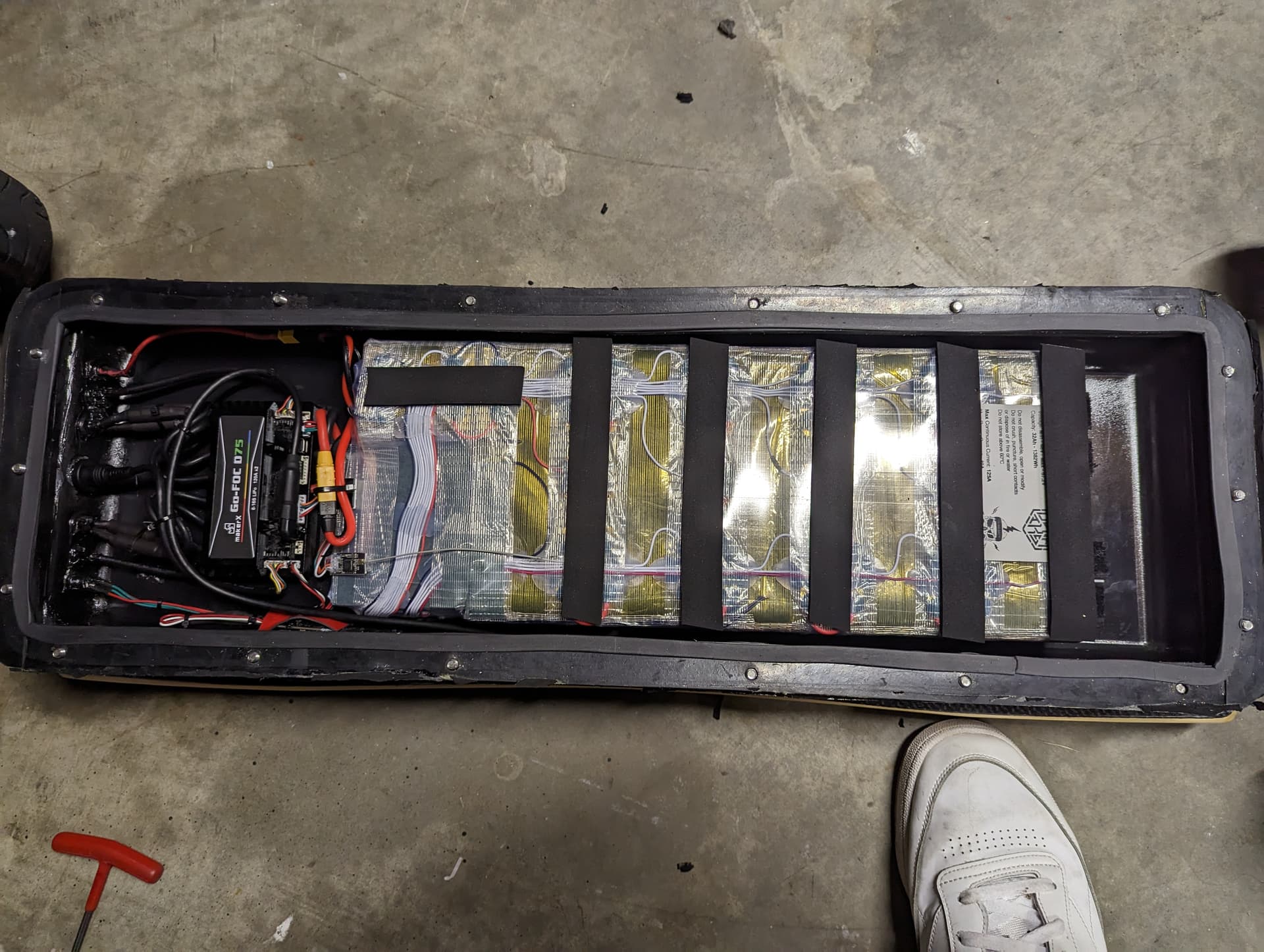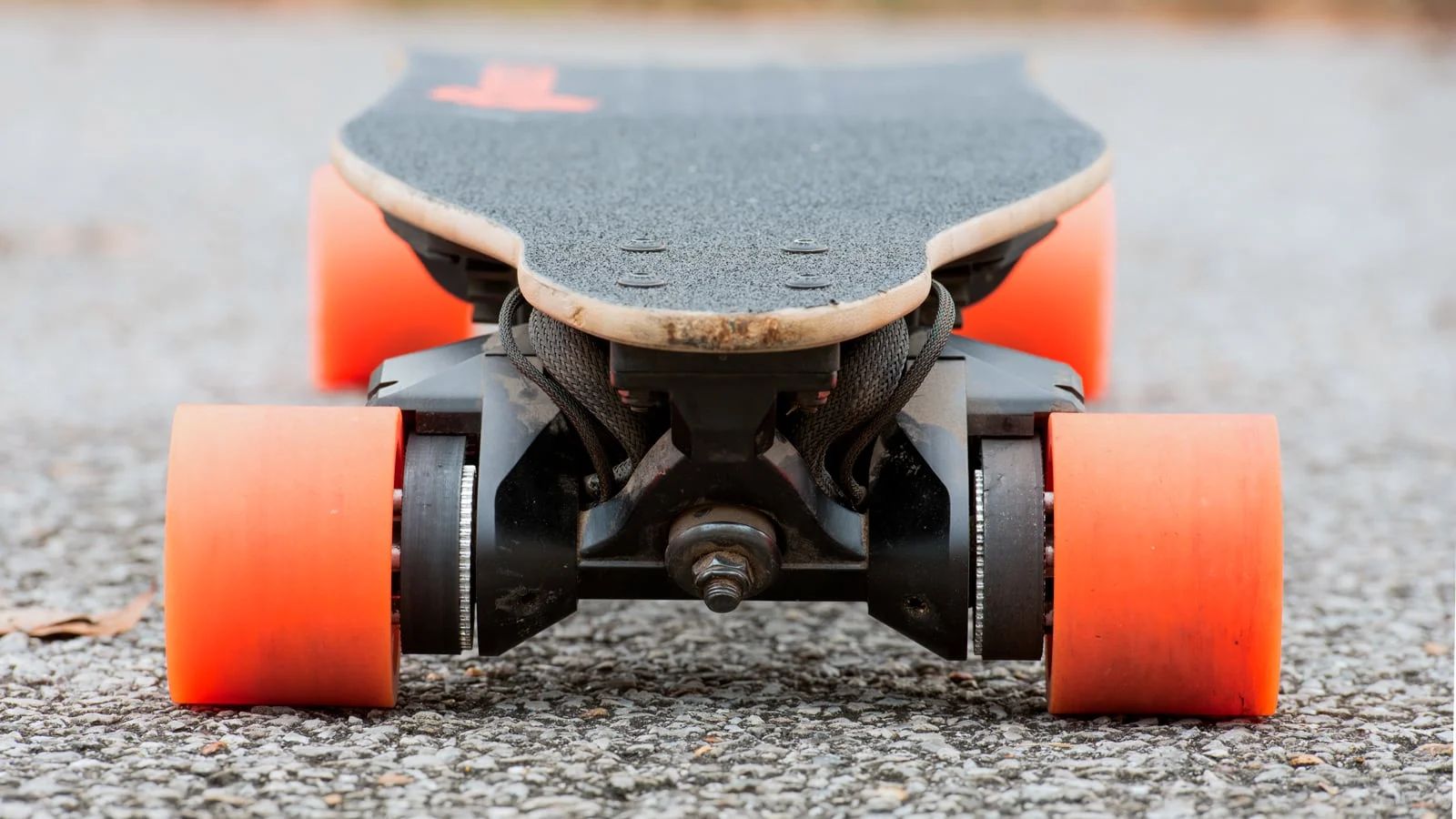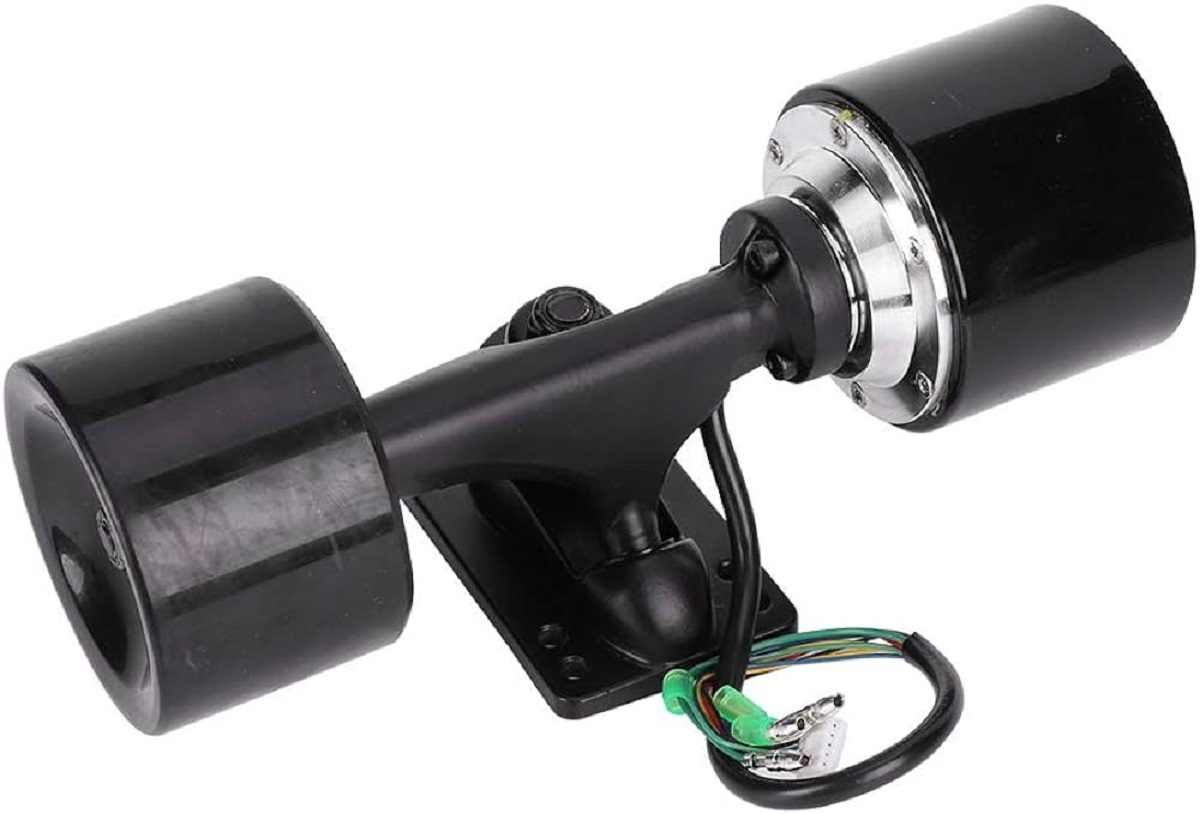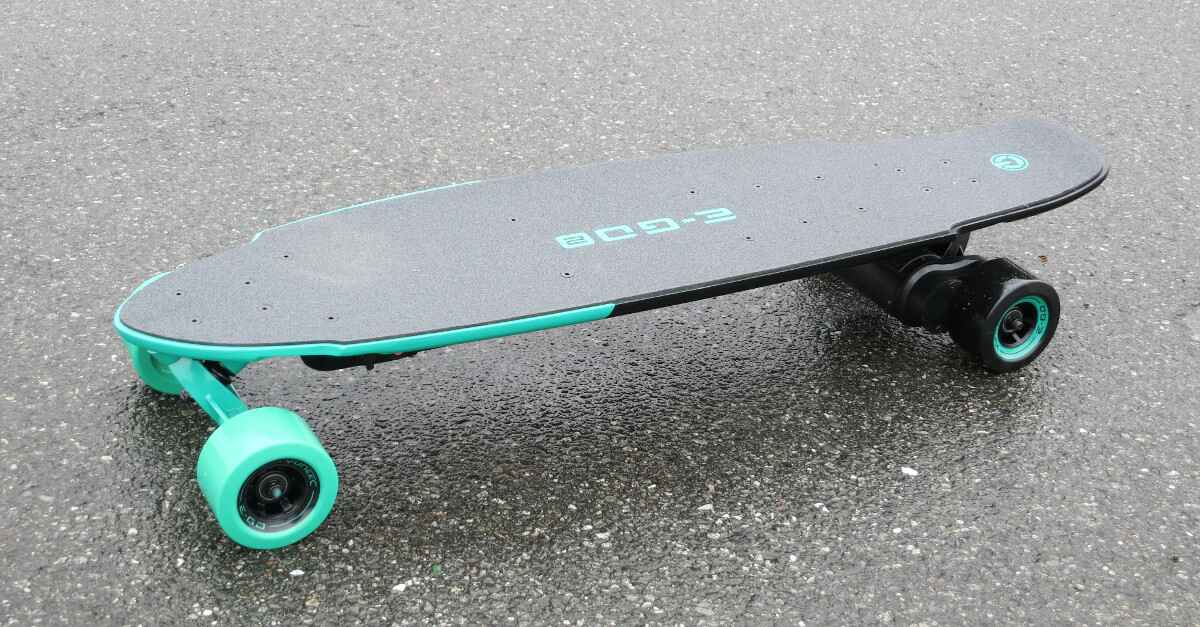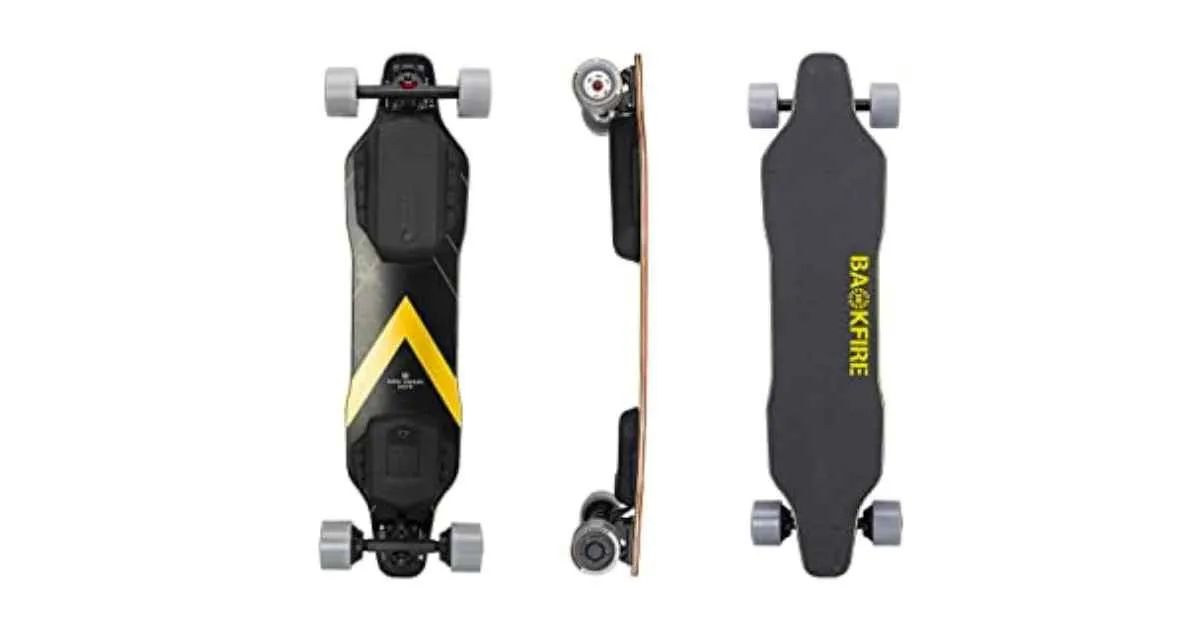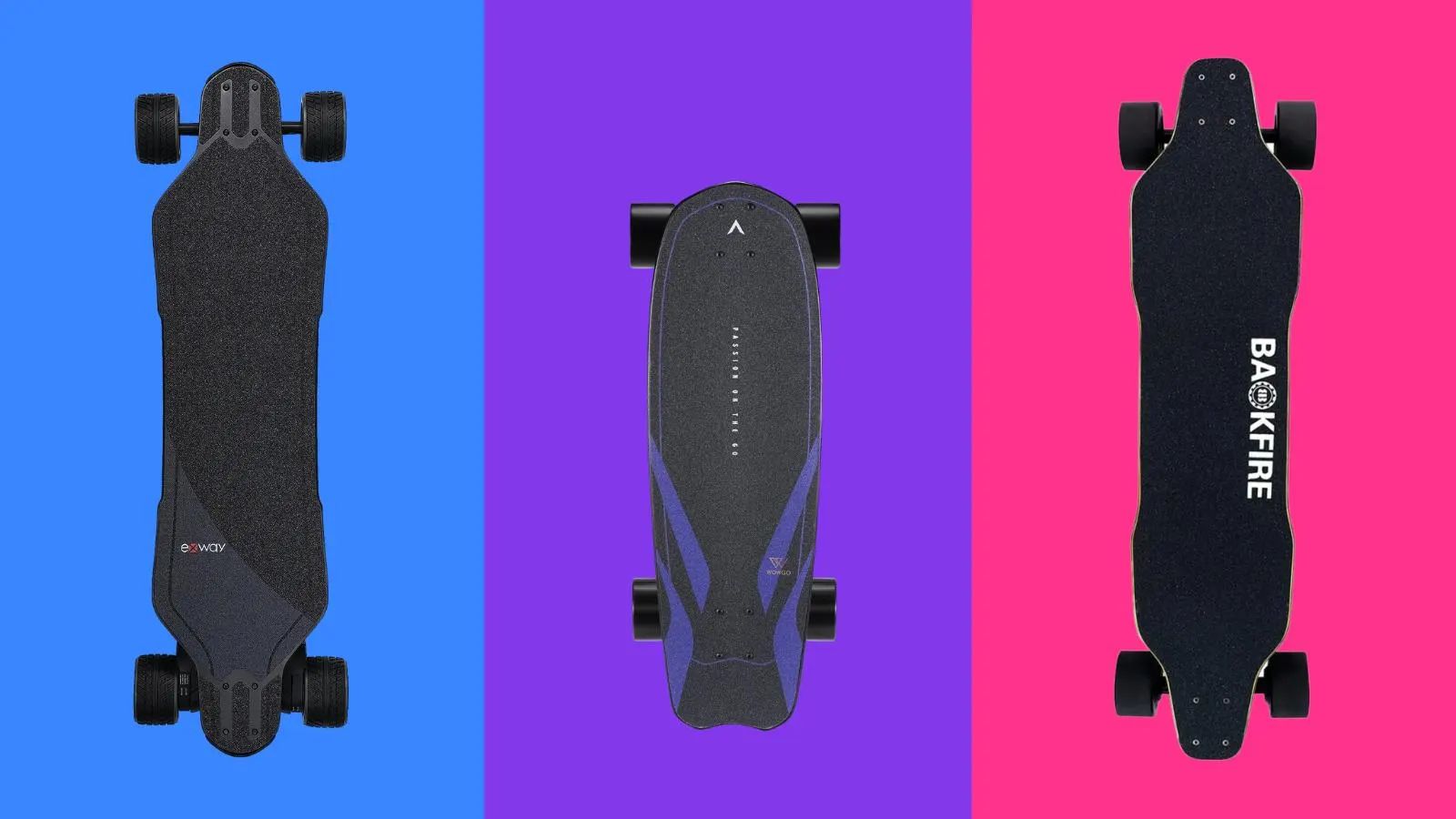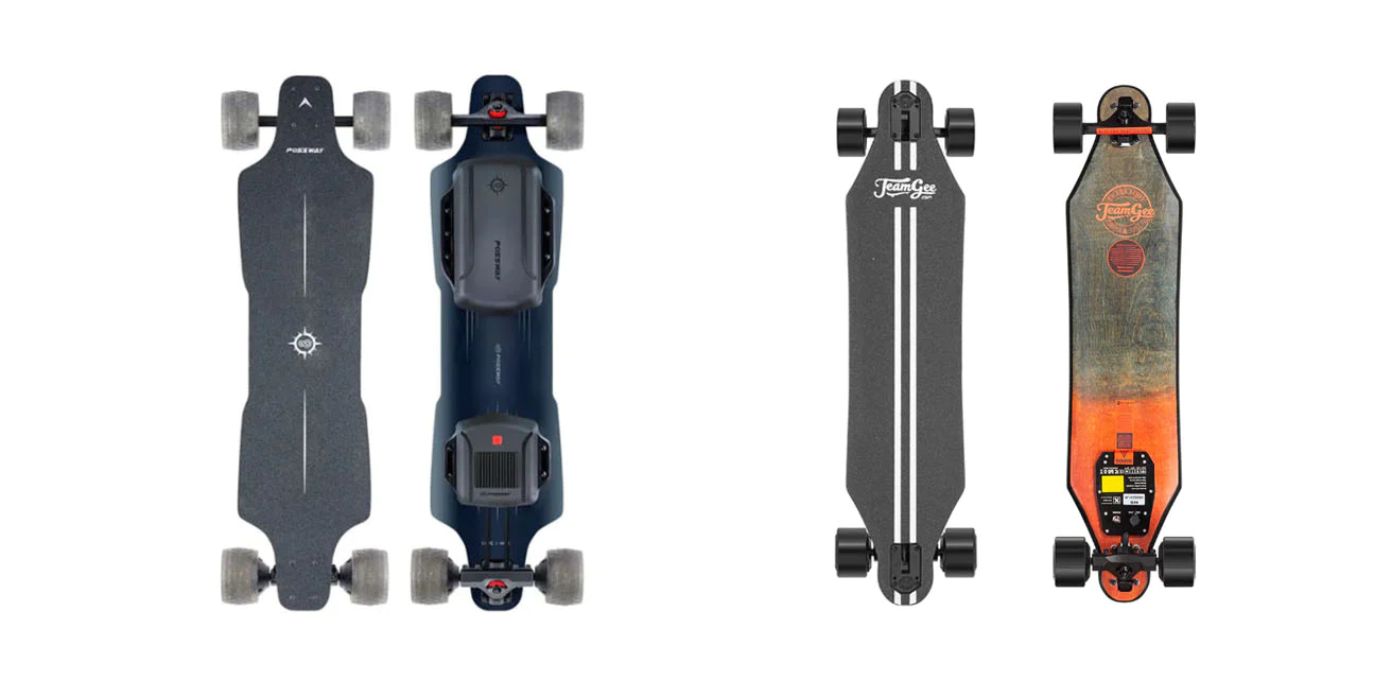Introduction
Welcome to the exciting world of electric skateboards! These innovative modes of transportation have gained popularity among riders of all ages and skill levels. Electric skateboards offer a thrilling and eco-friendly way to commute, explore, or simply have fun.
One of the key components that make electric skateboards unique is the hub motor. This motor is responsible for propelling the skateboard and providing the necessary power. If you’re new to electric skateboards, you may be wondering how many amps a 500-watt hub motor uses. Understanding this metric is important for ensuring optimal performance and battery life.
In this article, we’ll delve into the world of electric skateboard motors, explore the relationship between amps and power consumption, and provide insights into how a 500-watt hub motor works. We’ll also discuss how to calculate amps for a 500-watt hub motor and highlight the factors that can affect amps usage. Lastly, we’ll address whether 500 watts is enough for an electric skateboard.
Whether you’re a seasoned rider looking to optimize your electric skateboard’s performance or a newbie curious about the technical aspects, this article will provide you with the knowledge you need to understand the amp usage of a 500-watt hub motor.
Understanding Electric Skateboard Motors
Before diving into the specifics of amp usage, it’s important to have a basic understanding of electric skateboard motors. Electric skateboard motors come in different types, including belt-driven motors, direct-drive motors, and hub motors.
Hub motors are particularly popular due to their compact design and seamless integration into the skateboard’s wheels. As the name suggests, the motor sits inside the wheel hub, eliminating the need for a separate motor assembly. This not only enhances the aesthetics of the skateboard but also improves maneuverability and reduces maintenance requirements.
Hub motors operate by using electromagnets to generate rotational force, which drives the skateboard forward. The design allows for a direct connection between the motor and the wheel, resulting in a more efficient power transfer and a smoother riding experience.
One of the advantages of hub motors is their regenerative braking capability. When the rider applies the brakes, the motor acts as a generator, converting the kinetic energy of the moving skateboard back into electrical energy. This energy is then stored in the battery, extending the battery life and reducing the need for frequent charging.
Understanding the type and functionality of electric skateboard motors is crucial for comprehending how amp usage relates to overall performance. With this knowledge, we can now explore the relationship between amps and power consumption in more detail.
Amps and Power Consumption
Amps, short for amperes, are a unit of electrical current. In the context of electric skateboards, amps refer to the amount of electrical current flowing from the battery to the motor. Understanding amps is essential for determining the power consumption of your electric skateboard.
The power consumption of an electric skateboard is directly related to the voltage and the amperage drawn by the motor. In simple terms, the higher the amperage, the more power the motor consumes. This power is then converted into mechanical energy, propelling the skateboard forward.
When it comes to electric skateboard motors, the amp usage can vary depending on factors such as the motor’s efficiency, the terrain, and the rider’s weight. Higher amperage usage generally results in a faster acceleration and a higher top speed, but it also means more strain on the battery and a potentially shorter riding range.
It’s important to note that the battery’s amp-hour (Ah) rating is also significant in determining the overall power consumption. The Ah rating represents the amount of current the battery can provide over a specified period. A higher Ah rating means the battery can deliver more current, allowing for longer rides and potentially higher amp usage.
Managing amp usage is crucial for optimizing the performance and battery life of your electric skateboard. Riding at high speeds or tackling steep inclines can lead to increased amp draw, resulting in faster battery drain. On the other hand, riding at lower speeds on flat terrain requires less amp usage, preserving battery life.
By monitoring and managing your electric skateboard’s amp usage, you can strike a balance between performance and battery longevity, ensuring a satisfactory riding experience.
How Does a 500-Watt Hub Motor Work?
A 500-watt hub motor is a powerful component that drives the movement of an electric skateboard. This type of motor operates on the principle of electromagnetic force to generate rotational motion and propel the skateboard forward.
Inside a 500-watt hub motor, you will find a series of powerful magnets and electromagnets. When an electric current flows through the motor, it creates a magnetic field. This magnetic field interacts with the magnets and electromagnets, resulting in a force that causes the motor to rotate.
The rotation of the hub motor is transferred to the skateboard’s wheels, propelling the skateboard with the desired speed and torque. The compact design of the hub motor allows for efficient power transfer and a more seamless riding experience.
A 500-watt hub motor typically operates on a voltage system, which means it requires a specific voltage range to function optimally. This voltage is provided by the electric skateboard’s battery. The amp usage of the motor depends on the voltage supplied and the resistance within the motor.
When the electric current flows through the motor’s coils, it encounters resistance from the internal components. This resistance results in the conversion of electrical energy into mechanical energy, which generates the rotational force required to move the skateboard.
The 500-watt power rating of the hub motor indicates the motor’s capability to deliver a specific amount of power. This power output determines the speed and torque that can be achieved by the motor. Riders can select a motor power based on their desired riding style and the terrain they plan to ride on.
Overall, a 500-watt hub motor is a crucial component that drives the performance of an electric skateboard. Understanding how it works and its power capabilities will help you make informed decisions when choosing the right electric skateboard for your needs.
Calculating Amps for a 500-Watt Hub Motor
Calculating the amps for a 500-watt hub motor is a straightforward process that requires considering the voltage supplied by the battery.
First, you need to determine the voltage of your electric skateboard’s battery. Most electric skateboards operate on a 36V or 48V battery system, although other variations are also available. Make sure to check the specifications of your specific skateboard model or consult the manufacturer’s instructions to find the correct voltage.
To calculate the amps drawn by a 500-watt hub motor, you can use the formula P (power) = V (voltage) x I (current). Rearranging the formula, we can solve for the current:
I (current) = P (power) / V (voltage)
For a 500-watt motor running on a 36V battery, the calculation would be:
I = 500W / 36V = 13.89 Amps
This means that when the 500-watt hub motor is operating on a 36V battery system, it draws approximately 13.89 Amps of current.
Keep in mind that this calculation assumes ideal conditions and doesn’t account for other factors that can affect amp usage, such as terrain, rider weight, or motor efficiency. It serves as a general guideline to estimate the amp draw of a 500-watt hub motor.
Understanding the amp draw of your electric skateboard’s hub motor is essential for properly managing your battery life and optimizing your riding experience. It allows you to assess how long you can expect your battery to last and helps you plan your rides accordingly.
By calculating the amps for a 500-watt hub motor, you can gain insights into the power requirements of your electric skateboard and make informed decisions regarding battery capacity and charging frequency.
Factors that Affect Amps Usage
Several factors can influence the amps usage of a 500-watt hub motor in an electric skateboard. Understanding these factors can help you manage your battery life and optimize the performance of your skateboard.
1. Terrain: The type of terrain you ride on has a significant impact on amp usage. Riding uphill or on rough terrain requires the motor to work harder, drawing more amps from the battery. In contrast, riding on flat surfaces or downhill slopes requires less power, resulting in lower amp usage.
2. Rider Weight: The weight of the rider affects the workload of the motor. Heavier riders may require more power to achieve the desired speed and acceleration, leading to higher amps usage. Lighter riders, on the other hand, may experience lower amp draw.
3. Speed: Riding at higher speeds generally increases amp usage. When the motor needs to sustain a faster pace, it draws more current to maintain the desired velocity. Therefore, if you frequently ride at high speeds, you can expect higher amp usage compared to riding at lower speeds.
4. Wind Resistance: Wind resistance can impact the amp draw of the motor. Riding against strong headwinds increases resistance, requiring the motor to work harder and consume more power, resulting in higher amps usage. Conversely, riding with a tailwind reduces resistance and decreases amp draw.
5. Battery Condition: The condition and health of your skateboard’s battery can affect amp usage. Older or degraded batteries may have increased internal resistance, causing the motor to draw more amps to deliver the desired power output. Regular maintenance and monitoring of your battery’s health are essential for optimal amp efficiency.
Understanding how these factors can affect amp usage will allow you to make informed decisions when it comes to managing your electric skateboard’s battery life. You can adjust your riding style, plan routes that take terrain into account, and ensure your battery is in good condition to maximize the efficiency of your rides.
Is 500 Watts Enough for an Electric Skateboard?
Whether 500 watts is enough for an electric skateboard depends on several factors, including personal preference, riding style, and the intended use of the skateboard. While 500 watts may be sufficient for some riders, others may require more power for their specific needs.
For casual riders or those looking for a beginner-friendly electric skateboard, 500 watts can provide a satisfactory riding experience. It offers a decent amount of power for comfortable cruising and moderate acceleration. This power output is suitable for riders who mainly use their electric skateboard for commuting short distances or occasional leisure rides.
However, if you’re a thrill-seeker or someone who wants to tackle more challenging terrains or reach higher speeds, you may find that 500 watts is not enough. Riders who frequently encounter steep inclines, rough off-road conditions, or desire faster acceleration may prefer a higher wattage motor for enhanced performance.
It’s also important to consider your body weight when determining if 500 watts is sufficient for your electric skateboard. Heavier riders may require a more powerful motor to accommodate their weight and deliver the desired speed and performance. Keep in mind that higher wattage motors may also provide more torque, allowing the skateboard to handle hills and rough surfaces more effectively.
Ultimately, the decision on whether 500 watts is enough for an electric skateboard depends on your individual preferences and needs. It’s advised to test ride different electric skateboards with varying power outputs to find the motor wattage that aligns with your riding style and expectations.
Additionally, factors such as motor efficiency, battery capacity, and other design specifications can impact the overall performance and suitability of an electric skateboard. It’s important to consider these aspects in conjunction with the motor wattage to ensure a well-rounded and enjoyable riding experience.
By considering your riding goals, terrain conditions, body weight, and other relevant factors, you can determine whether 500 watts is sufficient or if you require a higher wattage motor to meet your specific needs and preferences.
Conclusion
Understanding the amp usage of a 500-watt hub motor is essential for optimizing the performance and battery life of an electric skateboard. By considering factors such as terrain, rider weight, speed, wind resistance, and battery condition, you can manage amp usage and make informed decisions about your riding style and battery capacity.
While 500 watts can provide a satisfying riding experience for casual riders and those looking for beginner-friendly electric skateboards, riders with specific preferences, such as tackling steep inclines or seeking higher speeds, may require a higher wattage motor for their needs.
It’s crucial to consider your own riding goals and the unique factors that affect your riding experience when determining if 500 watts is enough for your electric skateboard. It’s recommended to test different electric skateboards with varying wattage motors to assess which power output meets your expectations.
Remember that other factors, such as motor efficiency, battery capacity, and design specifications, contribute to the overall performance and suitability of an electric skateboard. Considering these factors alongside the motor wattage will help you make an informed decision about the optimal electric skateboard for your needs.
Whether you’re a beginner rider looking for a reliable and efficient electric skateboard or a seasoned enthusiast seeking higher performance, understanding the amp usage of a 500-watt hub motor is a crucial step towards maximizing the enjoyment and functionality of your electric skateboard.
So, get out there, ride with confidence, and make the most of your electric skateboard’s power and performance!









